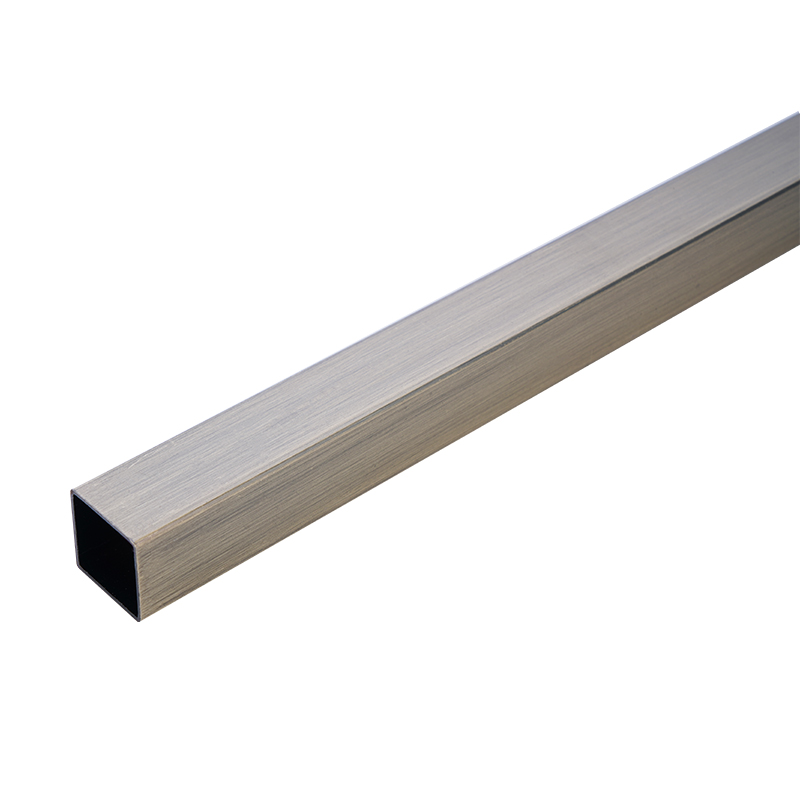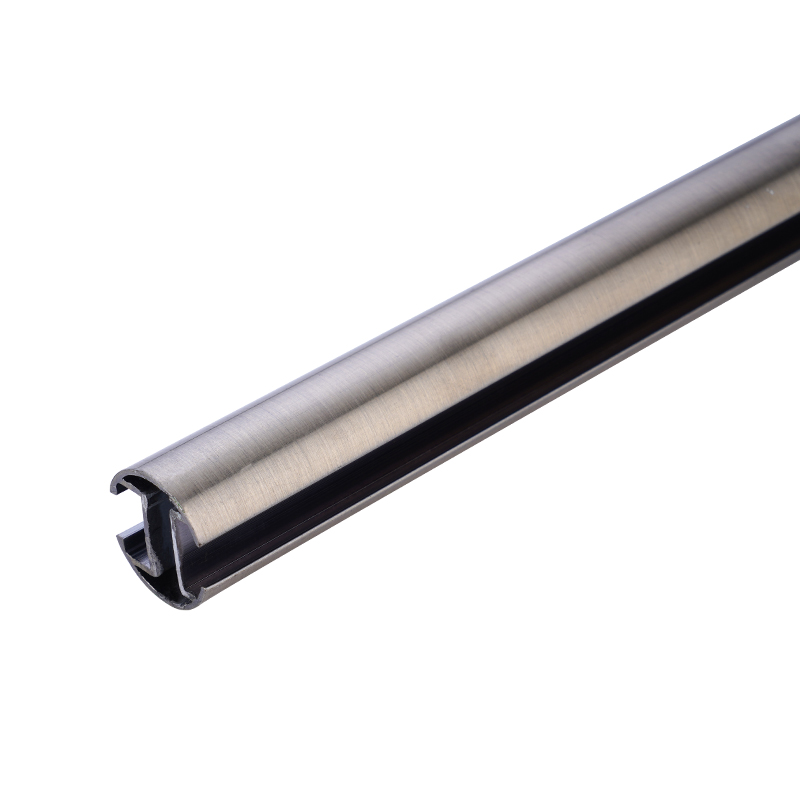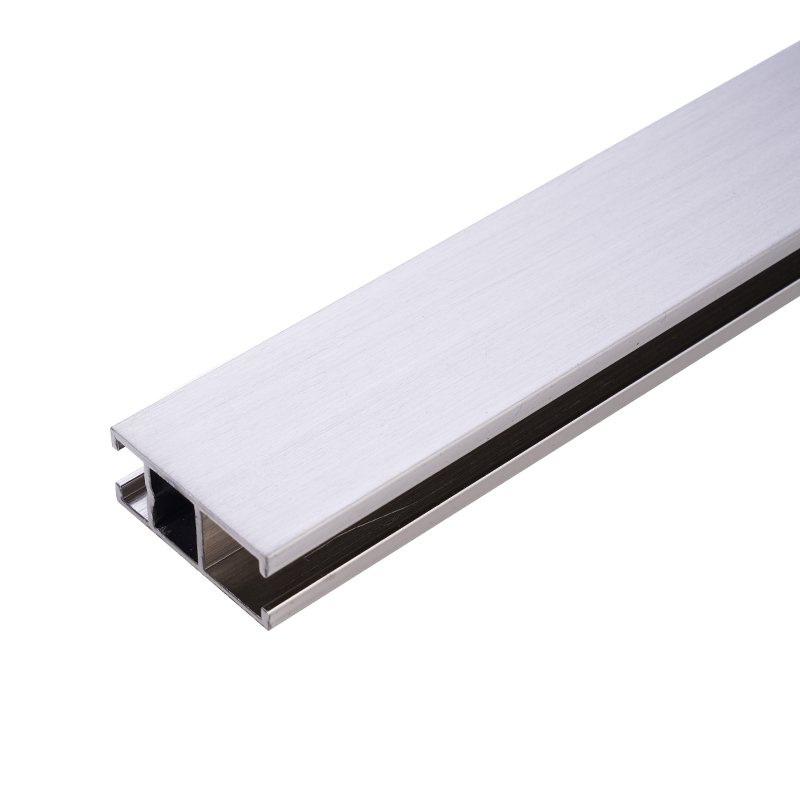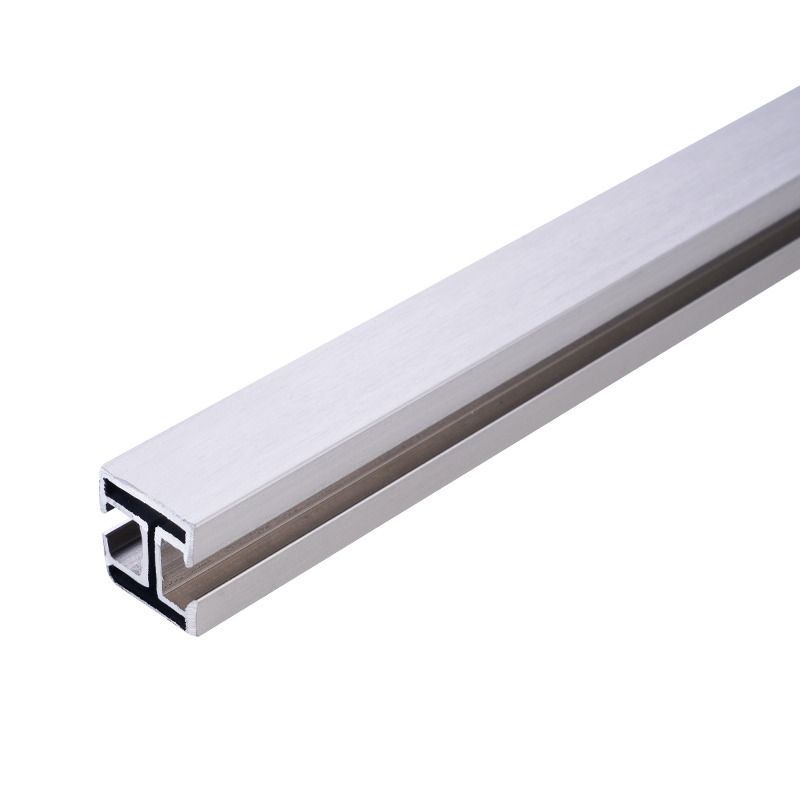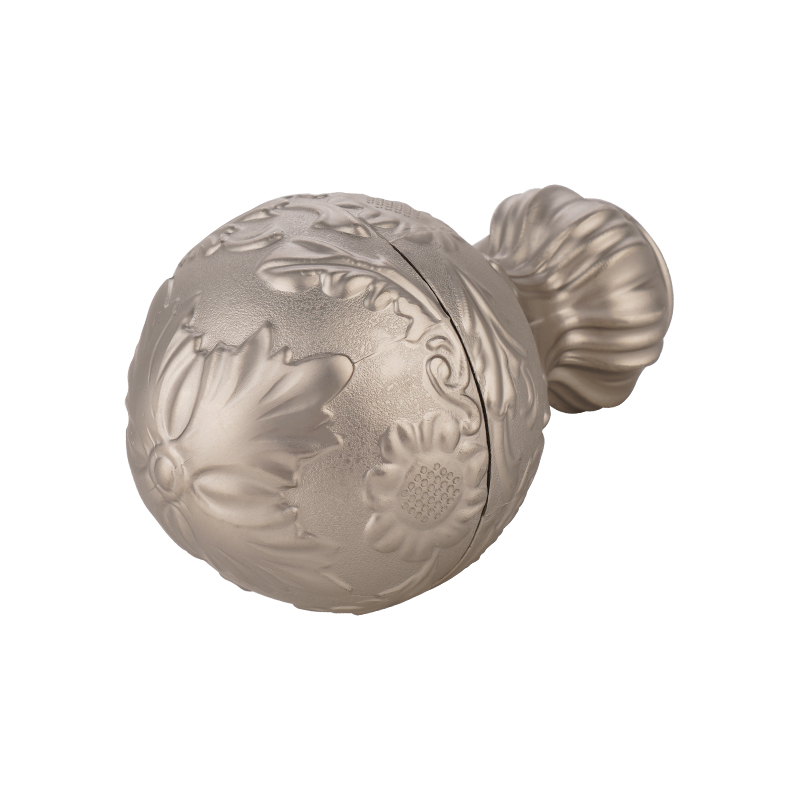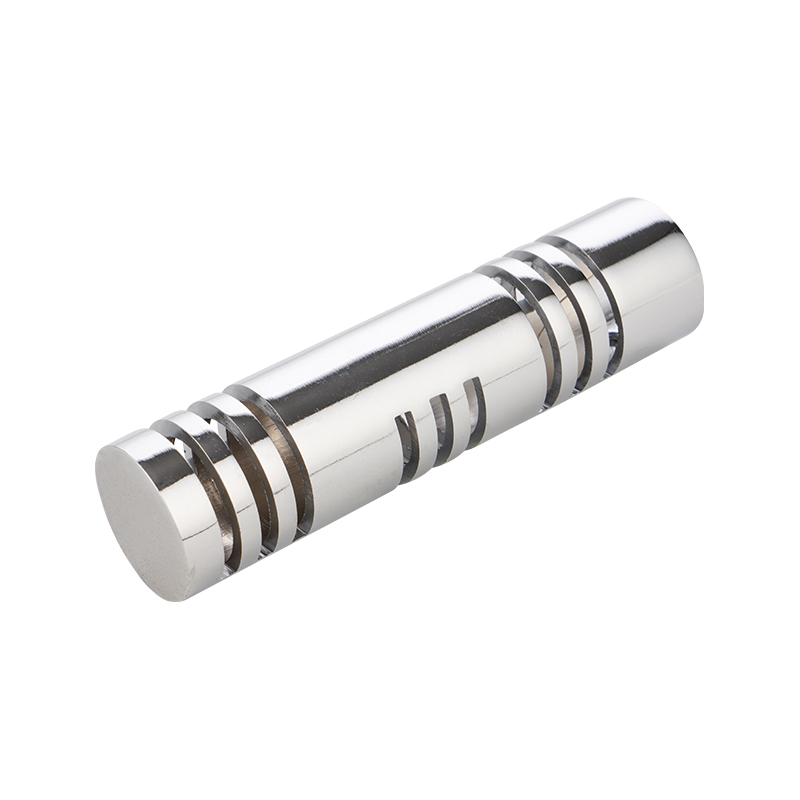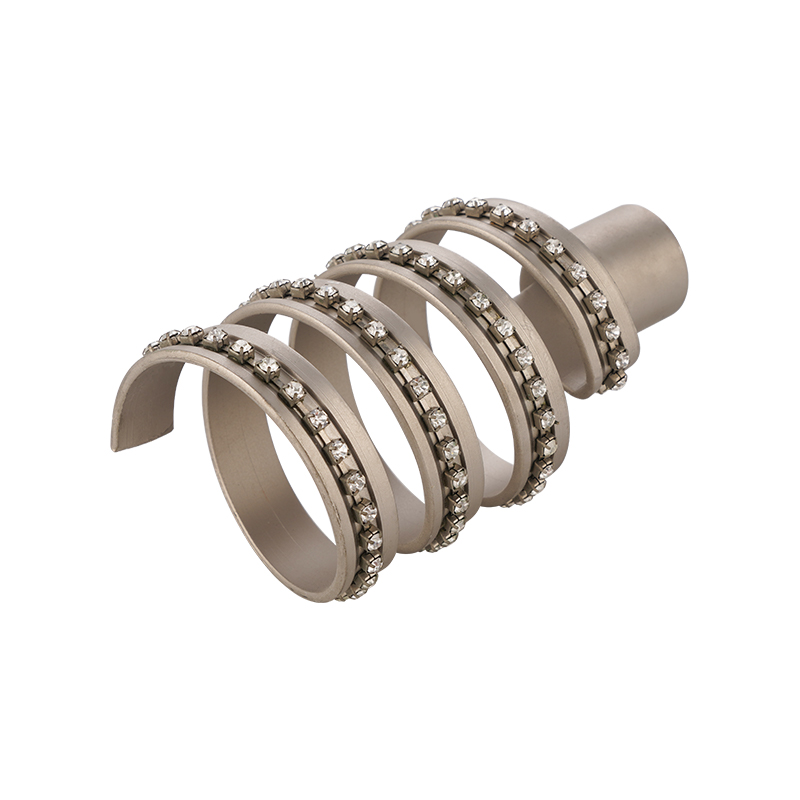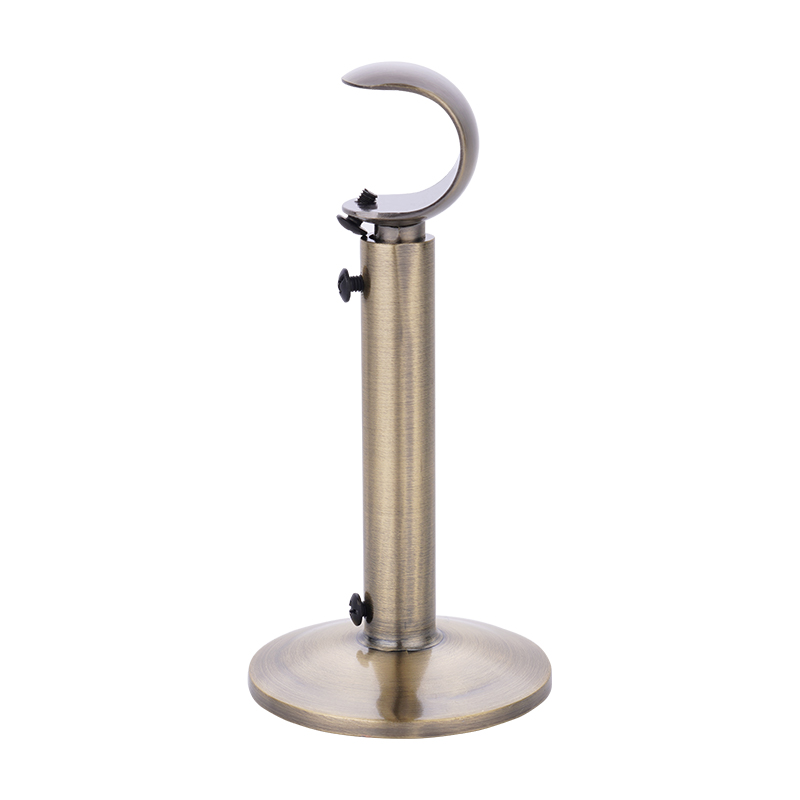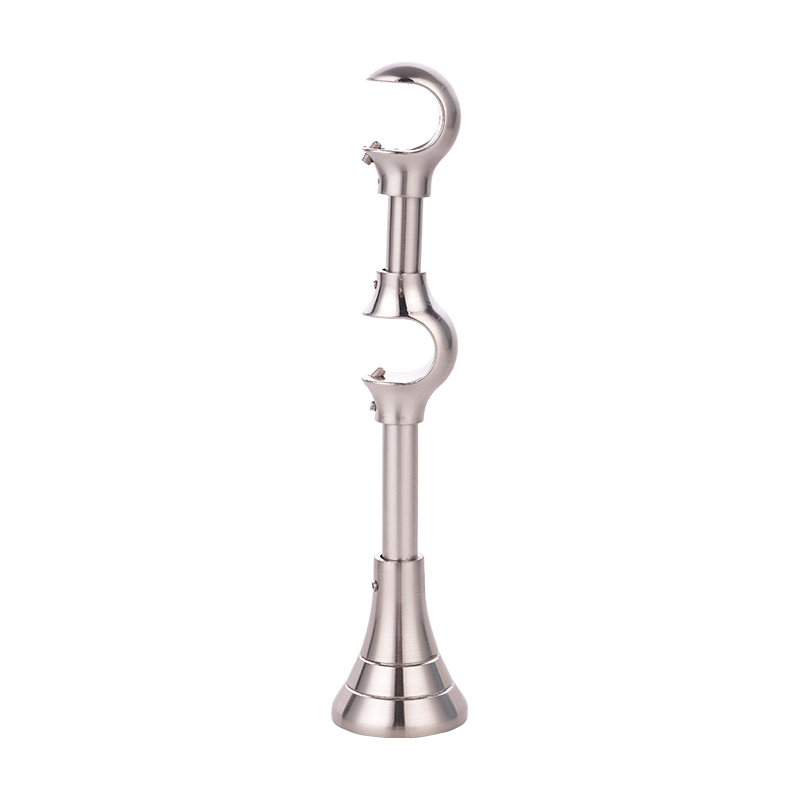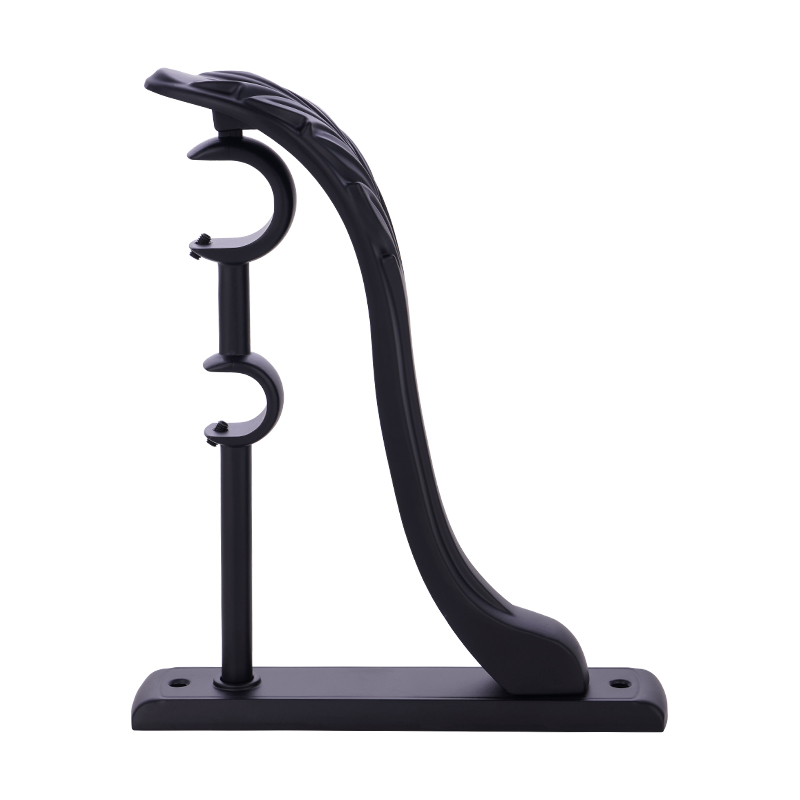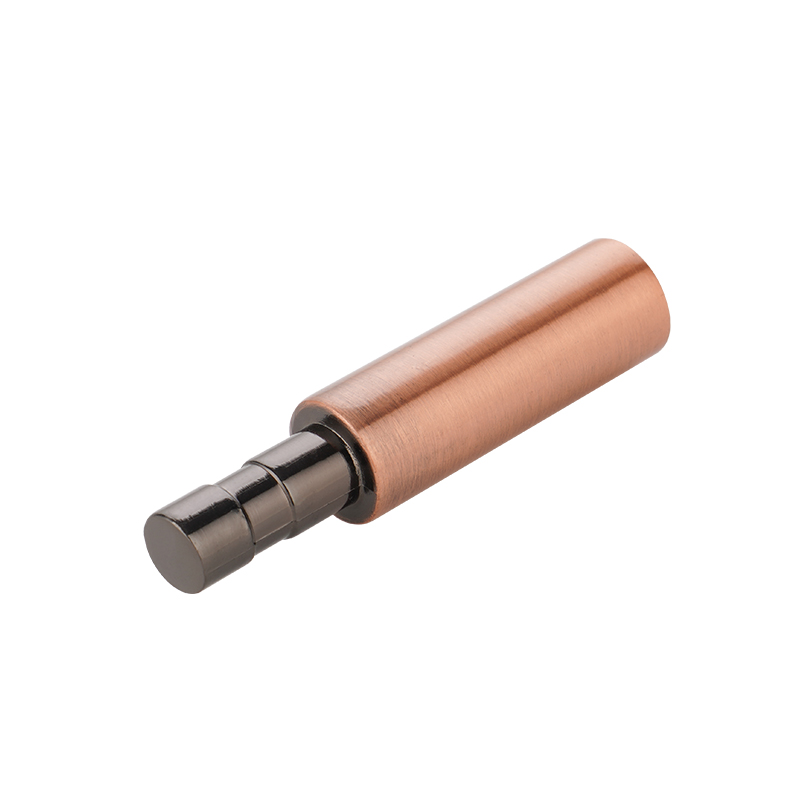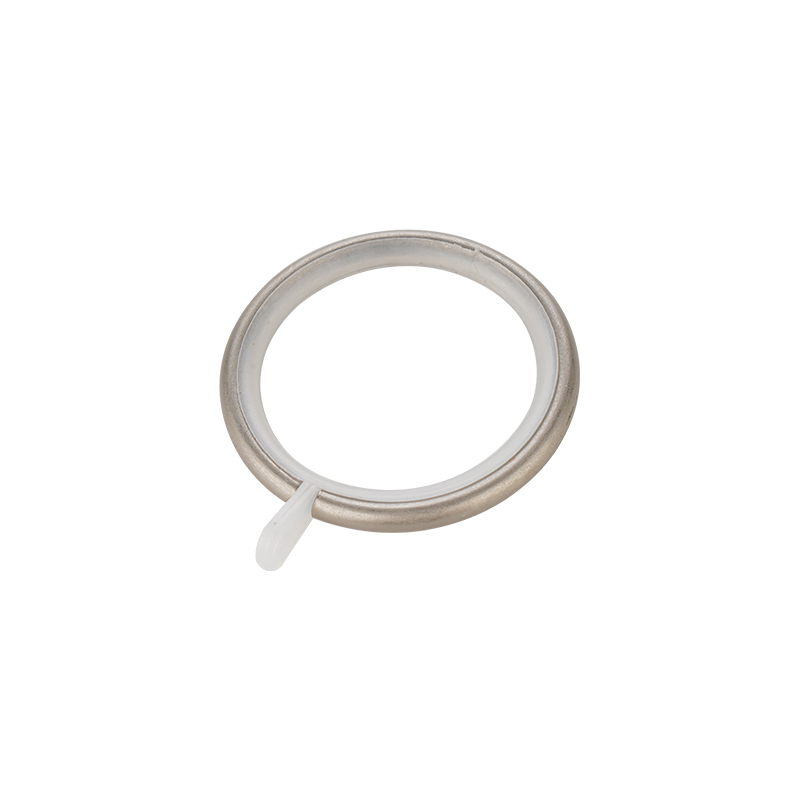Introduction to Curtain Brackets and Their Functionality
Curtain brackets are essential hardware components designed to hold curtain rods securely in place. They provide structural support for various types of curtains, ensuring that they hang evenly and can be opened or closed smoothly. Beyond merely supporting the weight of curtains, brackets also contribute to the overall aesthetic of a window treatment by maintaining alignment and stability. Many modern curtain brackets are designed with flexibility in mind, allowing for multiple installation heights or adjustable designs to accommodate different window sizes, ceiling heights, and curtain styles.
Adjustable Curtain Brackets and Their Benefits
Adjustable curtain brackets offer the advantage of versatility, making them suitable for a wide range of window types and interior designs. These brackets typically feature telescopic arms or sliding components that allow users to modify the distance between the wall and the curtain rod, or adjust the mounting height according to the desired curtain length. This flexibility is especially useful in rooms with non-standard window sizes, sloped ceilings, or layered curtain designs. Adjustable brackets reduce the need for precise measurements during installation and make it easier to reposition curtains without damaging walls or window frames.
Multiple Installation Heights for Enhanced Customization
Many curtain brackets are designed to support multiple installation heights, offering homeowners and interior designers greater control over curtain placement. This feature allows for aesthetic adjustments such as hanging curtains closer to the ceiling to create an illusion of taller windows or placing them lower to emphasize window architecture. Multiple height options also accommodate different curtain types, including sheers, drapes, and blackout curtains. By providing several height configurations, these brackets enable users to achieve both functional and decorative goals, improving the overall look and performance of window treatments.
Material and Design Considerations
Curtain brackets are typically made from metals such as stainless steel, aluminum, or zinc alloys, but they can also be manufactured from durable plastics. The choice of material affects both the load-bearing capacity and durability of the bracket. Adjustable designs often incorporate reinforced joints or locking mechanisms to maintain stability at different heights or extensions. The construction quality ensures that the brackets can support heavy curtains without bending or slipping. Additionally, aesthetic considerations such as brushed, polished, or coated finishes provide options that complement interior decor while maintaining functional integrity.
Installation Flexibility and User Convenience
Brackets with adjustable features simplify the installation process, particularly for users who may not have advanced carpentry skills. By allowing minor adjustments after initial mounting, these brackets accommodate uneven walls or minor measurement errors. Some designs include extendable arms or sliding tracks, enabling quick repositioning without the need for additional hardware. This convenience also makes it easier to install double curtain rods or layered curtain setups, as the bracket can support multiple rods at different distances from the wall or ceiling. Adjustable brackets thus offer both functional flexibility and user-friendly installation.
Impact on Curtain Performance
The ability to adjust installation heights or bracket positions directly influences the performance of curtains. Properly positioned brackets ensure smooth curtain movement along rods, preventing snagging or uneven draping. Adjustable brackets allow for precise control over curtain length, which can help in controlling light entry, maintaining privacy, or achieving thermal insulation. When used with heavier drapes or multi-layered curtains, brackets with multiple height options provide the necessary support to prevent sagging and maintain the intended aesthetic. This adaptability enhances both practical use and visual appeal.
Comparison Table: Fixed vs. Adjustable Curtain Brackets
The following table summarizes the differences between fixed curtain brackets and adjustable designs:
| Feature | Fixed Curtain Brackets | Adjustable Curtain Brackets |
|---|---|---|
| Installation Height | Single predetermined height | Multiple heights or telescopic adjustment |
| Rod Distance from Wall | Fixed | Variable, can extend or retract |
| Ease of Installation | Requires precise measurement | Flexible, allows minor corrections post-installation |
| Support for Curtain Types | Limited to specific curtain lengths | Supports a variety of curtain lengths and layers |
| Cost Consideration | Generally lower | Higher due to additional mechanisms |
| Durability | Stable but less versatile | Stable when properly adjusted, slightly more complex structure |
| Suitability for Double Rods | Limited | Better, can support multiple rods at different heights |
Practical Applications in Different Settings
Adjustable curtain brackets are suitable for a range of environments, from residential homes to commercial spaces. In living rooms or bedrooms, the ability to hang curtains higher or lower can impact room perception, light management, and privacy. In offices or hotels, adjustable brackets simplify maintenance and allow uniform curtain heights across multiple rooms. These brackets also accommodate seasonal or decorative changes, such as switching between sheer and blackout curtains without requiring new hardware. The adaptability of multiple installation heights ensures that brackets remain functional under various usage scenarios and interior design requirements.
Maintenance and Longevity
Durable adjustable brackets are designed to withstand repeated adjustments without compromising stability. Regular maintenance, such as checking screws, sliding components, or locking mechanisms, ensures that the bracket continues to support curtains effectively over time. High-quality materials resist corrosion, wear, and environmental factors, particularly in areas with high humidity or temperature variations. By selecting brackets with adjustable designs and multiple height options, users can reduce the need for frequent replacements while maintaining a consistent curtain appearance and functionality.
